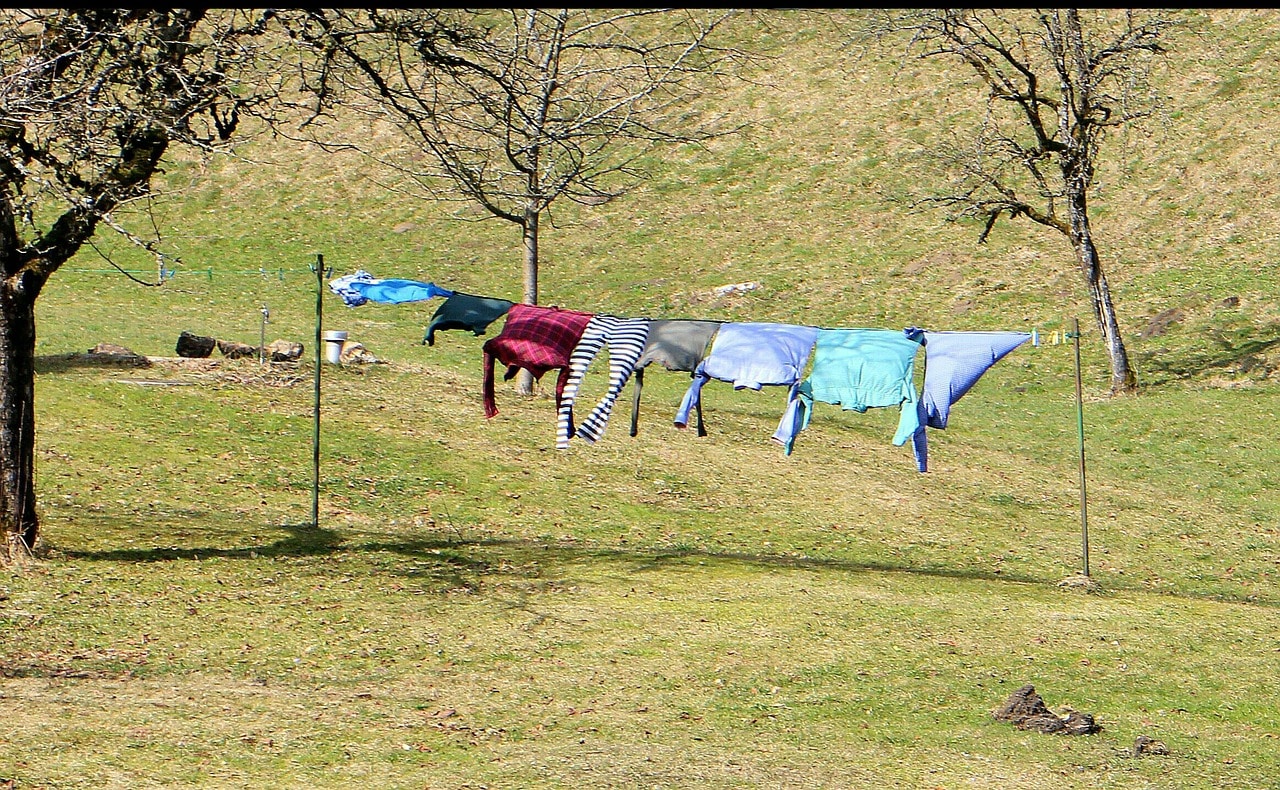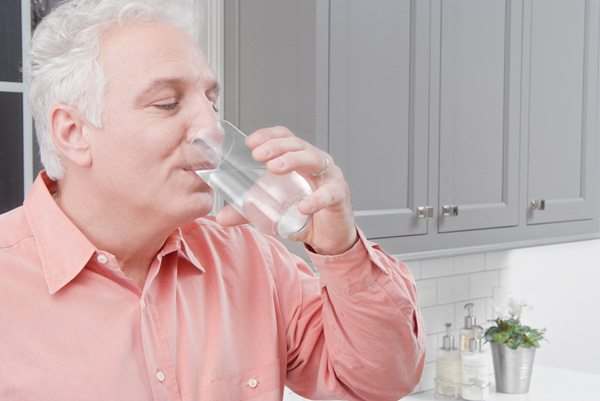The amount of water on planet Earth is literally the greatest concentration of H2O in the known solar system. Nevertheless, from the hundreds of millions of gallons of water out there, how much can humans really use?
A Lot of Unusable Water
First, it’s important to look at the exact of amount of water on Earth; geologists estimate the volume to be around 344 million cubic miles. Still, we can automatically eliminate 96 percent of that water (321 million cubic miles) because it’s saline water from the ocean, and another 5.8 million cubic miles are frozen in ice caps and glaciers. That leaves around 1.72 percent of water, or around 5.7 cubic miles of fresh water in groundwater, lakes, rivers, and other sources.
Much of Our Water is Already in Use
The Earth’s water volume isn’t locked in its liquid form though, as a significant portion of those remaining cubic miles are atmospheric moisture. This helps regulate global temperatures and seasonal changes, but can’t really be used for human consumption. Anyone keeping track should also deduct 3,400 cubic miles from the remaining supply, as these are already in use; locked within every living thing on the planet (biological water).
Most drinking water is inaccessible without heavy industrial drilling, as a significant portion of the water is in the ground beneath our feet. In fact, the total amount of readily available drinking water is around four percent of the world’s total supply of potentially drinkable water.
Looking at the raw number doesn’t raise much alarm; it’s still a significant volume that has been a critical part of human subsistence for millions of years. However, humans have to share that number with around six and a half million other land species of both plants and animals.
Drinking water is a finite resource that won’t last forever, and making sure that everyone has a clean supply of it should be a top priority for everyone. To make sure you are always drinking the cleanest possible water, check out our line of water filtration systems. Contact us directly for more information regarding our services in providing a supply of clean drinking water for your family.



